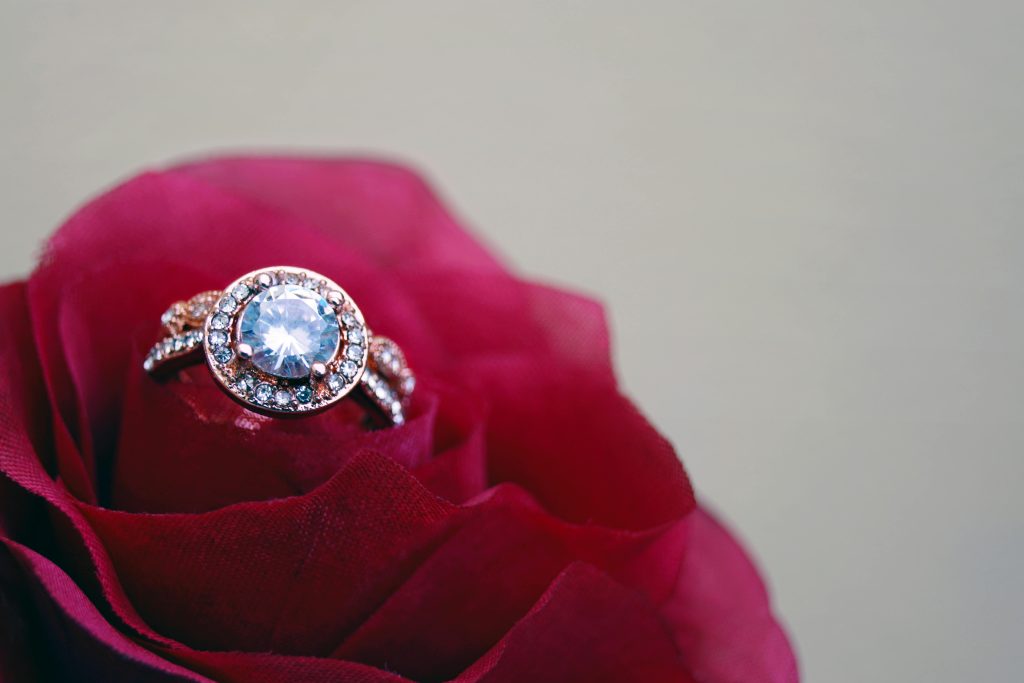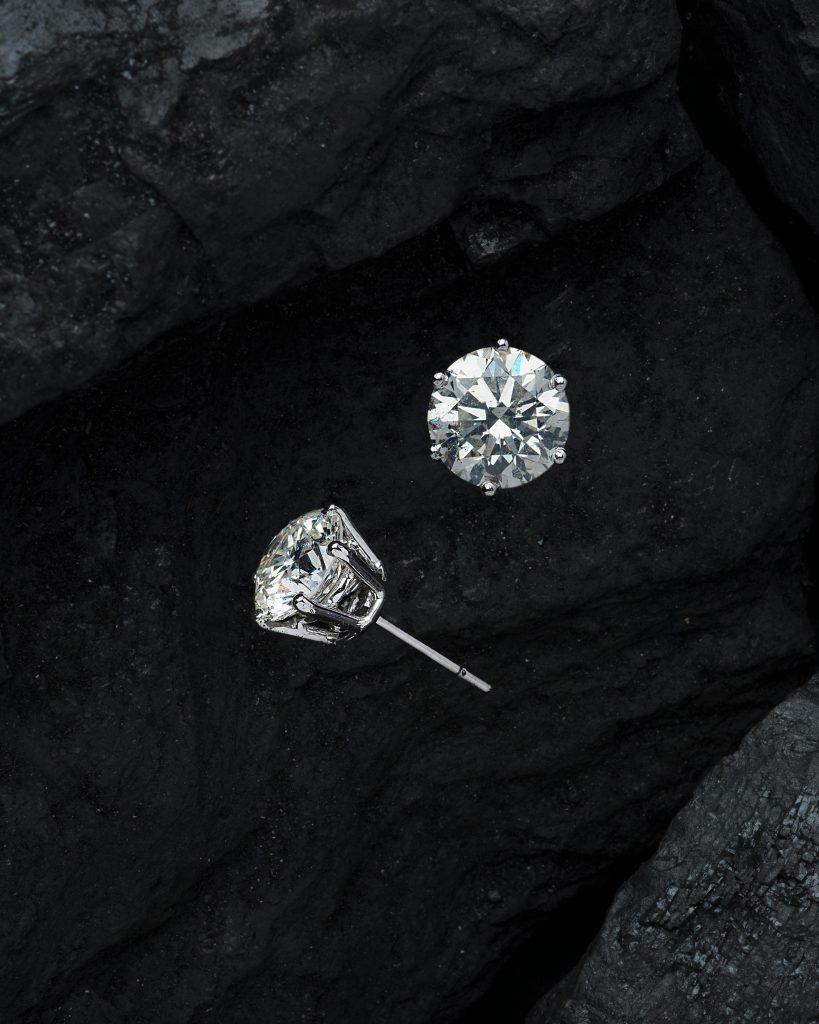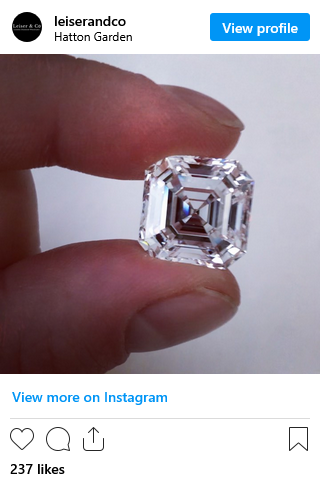Introduction: The Rise of 21st-Century Diamond Designers
The 21st century has witnessed a transformative evolution in diamond jewelry design. No longer confined to traditional cuts and settings, modern diamond designers have embraced bold creativity, sustainability, and cutting-edge technology to redefine what diamond jewelry represents. From bespoke craftsmanship to lab-grown diamond artistry, the past two decades have pushed the boundaries of conventional aesthetics. This shift reflects broader cultural changes, including shifting gender roles, environmental awareness, and the rise of global luxury markets. Today’s most influential diamond designers are not merely artisans — they are visionaries who blend art, innovation, and ethics. As consumer expectations rise in sophistication and diversity, these designers have played a critical role in shaping how diamonds are appreciated in fashion, art, and investment. Exploring their contributions helps us understand how diamond design is more than ornamentation — it is a dialogue between heritage and modernity.

Joel Arthur Rosenthal (JAR): The Reclusive Genius
Although Joel Arthur Rosenthal, better known by his brand name JAR, began his rise in the late 20th century, his influence has only deepened in the 21st. Based in Paris, JAR is often referred to as the Fabergé of our time. Known for his secrecy and exclusivity, he produces fewer than 100 pieces per year, each meticulously handcrafted. Rosenthal’s diamond designs are famous for their painterly qualities, where stones are not just adornments but part of a visual narrative. He combines rare colored diamonds with white stones in organic, often floral-inspired motifs. JAR’s work is housed in the world’s most prestigious collections, including The Metropolitan Museum of Art, and commands astronomical prices at auctions. His minimalist publicity and rejection of mass production elevate his mystique, making him a paradoxical figure: elusive, yet immensely influential in luxury circles. Young designers often cite JAR as a major inspiration, not only for his technical mastery but for his commitment to uncompromising artistic integrity.
Lorraine Schwartz: Hollywood’s Diamond Empress
No list of influential diamond designers would be complete without Lorraine Schwartz, whose creations have graced the red carpet more than any other designer in recent history. With a clientele that includes Beyoncé, Kim Kardashian, and Blake Lively, Schwartz has elevated diamond design to a pop culture phenomenon. Her pieces are known for their bold proportions, contemporary styling, and theatrical flair, reflecting a modern opulence that resonates with celebrity culture. What sets Schwartz apart is her ability to merge old-world gemstone quality with modern glamour. Many of her pieces feature rare colored diamonds in avant-garde settings, which challenge the traditional aesthetics of high jewelry. Beyond aesthetics, she has also impacted the broader diamond market. Her choices help popularize specific diamond cuts and styles, influencing both trends and consumer demand globally. Moreover, Schwartz is a vocal supporter of ethical sourcing, often emphasizing the importance of responsible mining practices in interviews and public appearances, helping to align luxury with conscience.
Anna Hu: Bridging East and West Through Diamond Art
Anna Hu, a Taiwanese-American jewelry designer, has emerged as a significant force in high jewelry through her synthesis of Eastern philosophy and Western artistry. Trained as a classical cellist before transitioning to jewelry design due to an injury, Hu brings a unique sense of rhythm and harmony to her diamond creations. She studied at Parsons, FIT, and Columbia University, and honed her skills under the mentorship of Harry Winston. Hu’s work often incorporates fluid, musical themes, such as her “Cello” and “Swan Lake” diamond pieces, which are deeply evocative and intricately detailed. Her designs frequently feature a mix of diamonds with colored gemstones arranged in flowing, almost kinetic patterns. By drawing from Chinese calligraphy, ancient poetry, and operatic drama, she has created a genre that speaks to a global audience. Her pieces have appeared at prestigious auction houses like Christie’s and Sotheby’s, and have been worn by international figures, including royalty. Hu represents a growing trend of multiculturalism in fine jewelry design, blending heritage with innovation.
Repossi: Minimalism Meets Modern Luxury
Under the creative direction of Gaia Repossi since 2007, the Repossi brand has become a symbol of architectural minimalism in diamond jewelry. Gaia, the daughter of the third generation of the Repossi family, has reinvigorated the brand with sleek, geometric lines and a preference for negative space, creating diamond pieces that are as much about absence as they are about presence. Repossi’s aesthetic is starkly modern — inspired by contemporary art, sculpture, and industrial design — making it especially appealing to the fashion-forward elite. Her use of diamonds is precise and intentional, often in monochromatic or symmetrical arrangements that complement the form rather than dominate it. Gaia Repossi has also pioneered the use of new technology in fine jewelry, incorporating 3D modeling and unconventional materials to create designs that are both progressive and wearable. Her influence can be seen in the growing popularity of stackable rings, ear cuffs, and asymmetrical diamond arrangements, all of which challenge conventional definitions of luxury and adornment.
Viren Bhagat: The Silent Master from India
Viren Bhagat is often dubbed India’s greatest living jeweler, and his approach to diamond design combines Mughal artistry with a minimalist, modern ethos. What distinguishes Bhagat is his unique ability to create culturally resonant pieces that are simultaneously contemporary. Unlike many designers who follow Western stylistic trends, Bhagat draws deeply from Indian heritage: jali work, lotus motifs, and kundan-like bezels, reimagined with exceptional diamonds and modern techniques. He only uses the finest Golconda diamonds — known for their historical prestige and natural clarity — and crafts each piece entirely in-house. Bhagat’s studio produces extremely limited numbers of pieces per year, and he eschews publicity, similar to JAR. Yet, his creations command a cult following among collectors worldwide. His preference for symmetry, balance, and historical context has won praise from both museums and connoisseurs. His work is often described as “museum-grade,” and he remains an enduring influence on designers seeking to blend traditional aesthetics with global elegance.

Cindy Chao: Sculpting Emotion in Diamond Form
Cindy Chao, a Taiwanese designer and founder of Cindy Chao The Art Jewel, is celebrated for transforming diamonds into sculptural masterpieces that straddle the worlds of art and haute joaillerie. Her annual Black Label Masterpieces and White Label Collections are not just jewelry pieces but artistic statements, often inspired by natural forms like butterflies, flowers, and coral structures. Chao employs a technique-heavy approach that includes wax sculpting and meticulous gem setting, allowing her to create multi-dimensional diamond works that reflect both movement and emotion. One of her most iconic pieces, the “Aurora Butterfly,” includes over 2,000 diamonds and has been exhibited at prestigious institutions such as the Smithsonian National Museum of Natural History. What sets Chao apart is her integration of architectural precision with an emotional narrative, producing works that resonate on a deeply personal level. Her rise reflects the increasing crossover between fine art and diamond jewelry, and her limited production ensures that each piece maintains its exclusivity and artistic integrity.
Martin Katz: The Jeweler Behind Hollywood’s Iconic Moments
Martin Katz is a key figure in shaping modern luxury in the American jewelry scene, particularly through his work with Hollywood elites. Known for his classically styled yet opulent diamond creations, Katz has provided custom pieces for Oscar red carpets, luxury editorial shoots, and billion-dollar weddings. He focuses on handcrafting high-end diamond jewelry that merges traditional craftsmanship with modern flair. Katz was among the first to introduce micro-pavé settings in the U.S., a technique now ubiquitous in luxury diamond design. His influence on bridal jewelry styles, particularly halo and cushion-cut diamond rings, is notable. He has also made headlines with unique projects such as a $1 million diamond-studded bikini and the bejeweled Victoria’s Secret Fantasy Bra. Katz’s business model, which balances one-of-a-kind creations with a signature style, has shaped how luxury houses market diamond jewelry in a celebrity-driven economy. His accessible approach to luxury — without compromising quality — has broadened the appeal of high-end diamonds to a wider audience.
Nikos Koulis: Greek Precision and Avant-Garde Geometry
Nikos Koulis, based in Athens, has quickly risen to international acclaim for his highly original and precisely engineered diamond designs. His work is instantly recognizable for its bold geometries, strong color contrasts, and architectural symmetry. Drawing from Greek heritage and Byzantine artistry, Koulis brings a fresh and unexpected perspective to diamond jewelry. His “Oui” and “Feelings” collections, which incorporate black enamel, baguette diamonds, and unusual gold finishes, challenge the conventions of traditional diamond presentation. Koulis is also known for his ethical sourcing and craftsmanship, working with ateliers that preserve traditional Greek goldsmith techniques. His designs are favored by fashion icons and editorial stylists, contributing to a revival of Mediterranean luxury aesthetics. By seamlessly combining historical symbolism with cutting-edge execution, Koulis represents a growing segment of designers who use diamonds not merely as precious materials, but as elements in a larger aesthetic philosophy.
Suzanne Kalan: The Fireworks Effect and Reinventing Classic Cuts
Suzanne Kalan, an Armenian-American designer, has gained renown for her ability to make classic cuts feel contemporary. Her signature “Fireworks” collection, featuring baguette-cut diamonds arranged in chaotic yet intentional clusters, revolutionized how structured stones like baguettes are used. Traditionally associated with symmetry and formality, Kalan reinterpreted the baguette cut to create an illusion of spontaneity and dynamism. Her work appeals to a wide range of clients, from young trendsetters to seasoned collectors, due to its versatility and wearability. Kalan’s pieces have been worn by Rihanna, Taylor Swift, and many others, and they frequently appear in high-end fashion magazines and international boutiques. She has also expanded into fine timepieces, incorporating diamond patterns into watch faces, thereby pushing the boundaries of how and where diamonds are used. Suzanne Kalan has not only changed the perception of certain diamond cuts but has also shown how small design innovations can ripple through the industry to create lasting trends.
The Broader Impact: Redefining Diamond Design in a New Era
Collectively, these designers have redefined diamond jewelry for a new generation. While each has a distinct style and design philosophy, they all share a commitment to innovation, craftsmanship, and emotional resonance. Their work reflects broader societal trends — from gender fluidity and ethical sourcing to the convergence of technology and tradition. These designers have contributed to diversifying the diamond market, introducing new aesthetics and challenging existing hierarchies within the jewelry industry. Today’s consumers demand more than just carat weight or clarity — they seek meaning, story, and individuality in their diamond pieces. Whether through bold minimalism, cultural homage, or fine art integration, these creators have expanded the language of diamond design. Their influence is seen not only in elite boutiques and auction houses but also in the broader democratization of diamond styles, shaping everything from engagement rings to statement pieces. In doing so, they have cemented their status as the most influential diamond designers of the 21st century.




